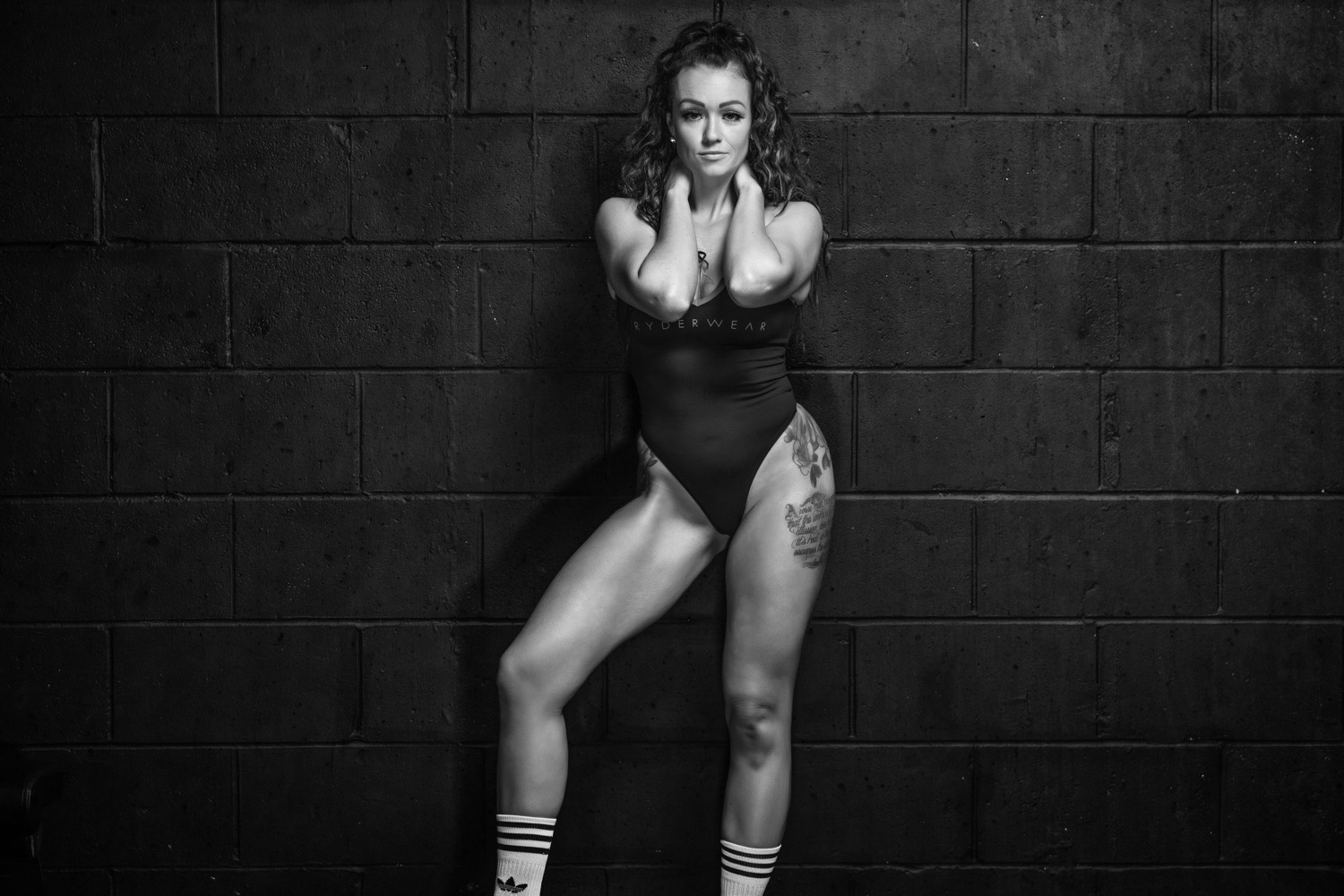75% of adults breathe dysfunctionally...
- Vanessa Jakubowski
- Mar 2, 2021
- 2 min read
What is dysfunctional breathing? What effects does this have? How can we be consciously better at breathing?
Our breathing, as something that happens so naturally, is something we probably don't think about, unless it becomes an issue (tight chest / not being able to breathe properly / as a result of COVID-19 etc.) However, abnormal breathing patterns, behaviours and symptoms and hyperventilation disorders (HVS) are prevalent in today's society.
What does dysfunctional breathing look like?
Breathing

through your mouth, rather than your nose. The mouth is not designed for breathing - it is designed for talking and eating. The nasal cavity in your skull is designed for breathing and is much larger than you may think - rather than just being your nose, the nasal cavity starts at the roof of your mouth and occupies a large space in your skull.
Loud, rather than silent breathing. Your breathe should be silent, during the day time and at night.
Heavy, rather than light breathing. Your breathing should be light and soft.
Breathing from your chest, rather than your diaphragm. If you look down when you breathe and see your chest moving you are drawing your breathe from the wrong place. Your breathing should come from your diaphragm which is underneath your lower-to-middle rib cage.
Irregular rather than regular breathing. If you hold your breath, or stop breathing (for example sleep apnea during the night.)
Why might we suffer dysfunctional breathing?
There are a whole host of reasons that we may suffer from dysfunctional breathing, and these include:
Hormones
Narrow airways
Processed foods / overeating
Lack of exercise
Excessive talking
Anxiety / stress / trauma
Asthma
Genetics / habits
'Over-breathing'
Airtight housing
So what are some of the signs and symptoms of dysfunctional breathing? You would be surprised how many symptoms can be alleviated with proper breathing. From asthma and snoring, to insomnia and panic disorders, stress and anxiety, long COVID, sleep apnea, sports performance, posture, bad breath, memory loss, lack of energy and focus and ADD/ADHD in children. Babies and children can also suffer from dysfunctional breathing and as a part of their proper craniofacial development it is key that they learn how to breathe through their nose and breathe properly.
The foundation for breathing re-education is to establish nasal breathing on a permanent basis both during wakefulness and sleep. Lips closed, jaw relaxed and tongue in the correct resting posture on the roof of the mouth.
As a certified Buteyko breathing instructor I can help you and your children to breathe better. Please contact me on phoenixfitness2020@gmail.com for more information and prices.





Comments